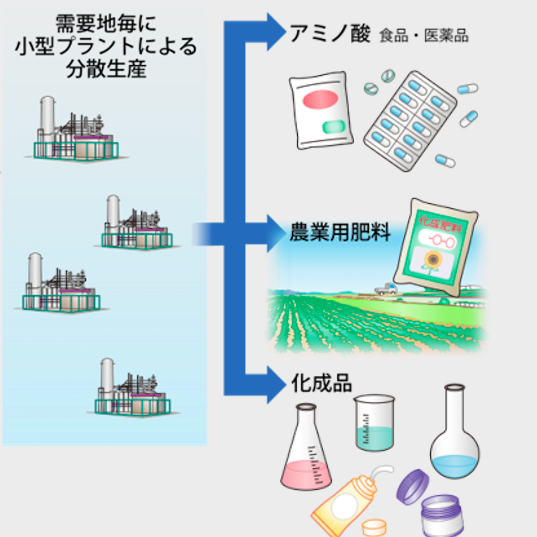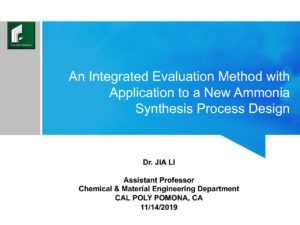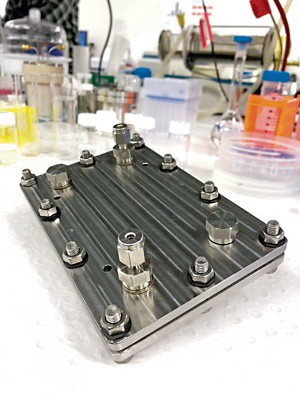Small-Scale Ammonia Synthesis Technology on Track for 2021
On October 6, 2019, the Nihon Keizai Shimbun published an article that confirmed a goal set at the 2017 launch of Japanese chemical technology developer Tsubame BHB. The goal is to have Tsubame’s ammonia synthesis technology ready for licensing in 2021. According to Tsubame’s English-language Web site, its technology “makes it possible to produce ammonia even at small-scale plants” – good news for ammonia energy project developers interested in distributed production concepts.









